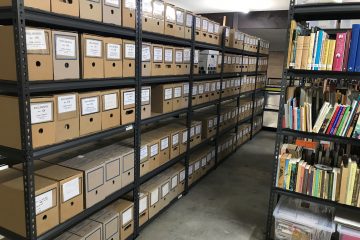Cornelis Antoine Trijssenaar was born on 2 January 1909 in Arnhem.
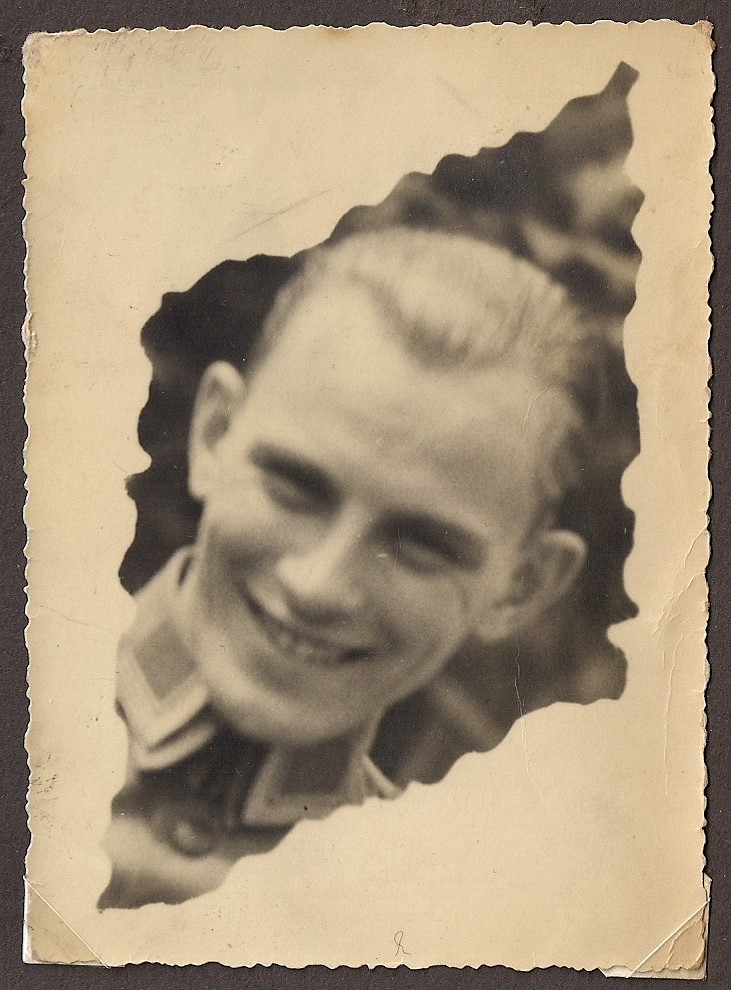
‘Keesje’ grew up in an international family originally coming from Strassbourg to The Hague. He had family in Monaco, Austria and Switzerland where summer holidays were spent. Returning family occupations are either government administration or having artistic aspirations. Kees’ father was an auctioneer at the concert hall & events centre Musis Sacrum Arnhem. Keesje is related to court photographer in The Hague and Emile von Kerckhoff who later on continued his career as aerial photographer. In Kees’ youth, there was also a family business cinema. His uncle was on the Board of Directors at Philips during WO II and introduced film on the ship during the long voyage from the Netherlands to the Netherlands East Indies. Kees must have spoken several languages.
Very little is known about his life during WW II and his subsequent death. This is driving his granddaughter Nicky Trijssenaar to try and unravel his story. Most family members were long gone before she was born and his son C.J. Trijssenaar (Jan) was only 9 months old when his father died.
What is known is that Kees started out his career as a Navy Air Force mechanic in The Netherlands, service number: 89318. This suddenly seems to stop after a few years with another service number: 95150. It could be that after a reorganisation at the Navy Air Force things changed, or he continued work stationed in the Netherlands East Indies (NEI). In his final years he worked in a military administration. He was surprisingly called a ‘European’ sergeant-major.
Recently (2024) the first military card has been found in the archives. It confirms that initially (1929) he worked as a pilot in the navy, the airfields are mentioned on the card. In those years, this aviation service fell under the Willemsoord Navy. His registration number – most likely as a pilot – was 2321.

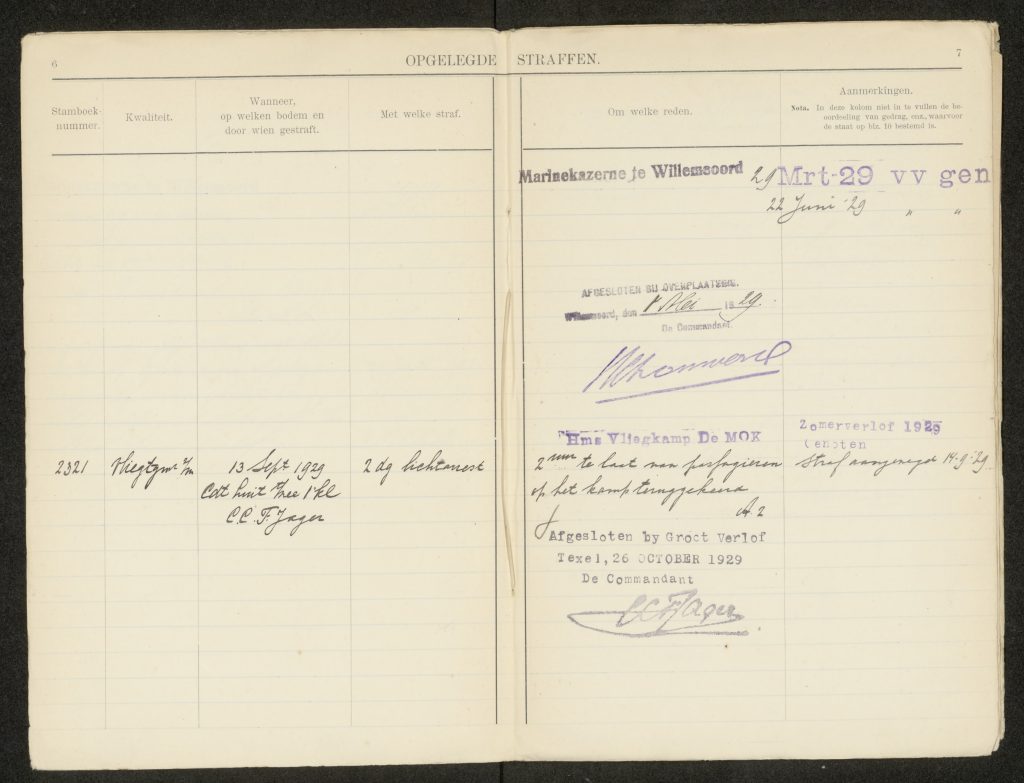

He was called ‘Keesje’ as he was only 1.651 cm, what probably makes it easy to recognise him in thousands of pictures that pop up on the internet. There are a only few pictures of him, different uniforms in each, white, green, blue, kaki all suited him well. It is this big mystery puzzle. Bits and pieces are everywhere and nowhere. The origin of one of the uniforms has been solved, turns out that he only wore it at an onetime occasion for the 4-days marches at Malang. Even the smallest details in the scarce pictures that survived the war help to establish his life course, like a sign of the Eastern Telegraph Company Ltd next to a hotel name.
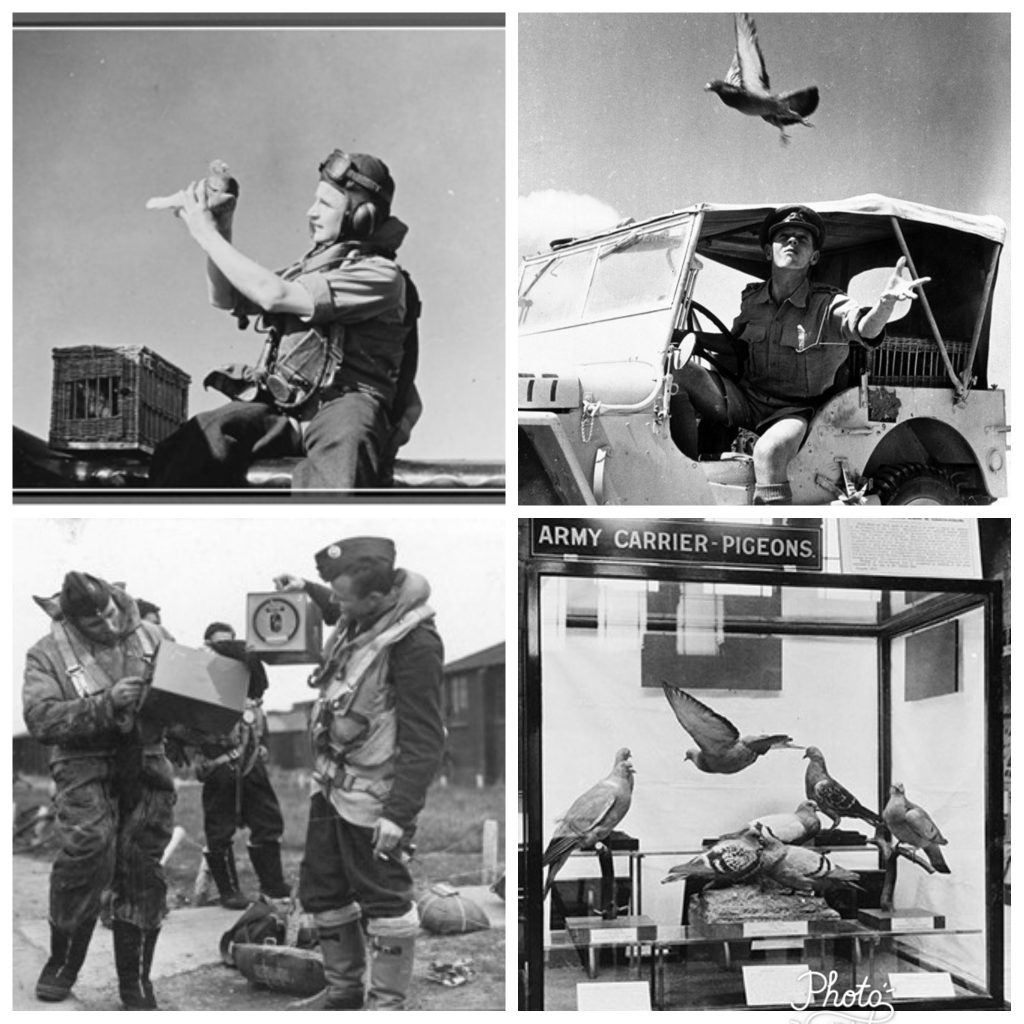
Another remarkable detail is that he lived in Bandung in an officers home and kept carrier pigeons. In a letter it reads as if he can’t stop laughing about the fact that this army task ensures him a far more lager place to stay. The story goes that the head of staff in Bandung planned to reuse pigeons after increased Japanese aggression in the Pacific and the consequence risk of communication sabotage. Secret pigeon projects evolved around the world for innovation, flight tests to pigeon operated bombs.
What happened with Kees after this is unknown. What is known is that he is buried at the Galala Ambon war cemetery with the older service number 89318. He is the only Dutch soldier buried here with the date of his death stated as 30 January 1942. There are also three Australian pilots buried on that same day, as listed on the Ambon memorial. They are William George Cruickshank (267534), Sidney Charles Elphick (301034) and Archibald Sloan Patterson (268075). These were crew members of an S.23 Empire flying boat G-AEUH from Qantas that was on its way from Darwin to Surabaya to pick up evacuees. They were all killed in dogfights with Japanese aircraft over Koepang, Timor. However, there doesn’t seem to be a link with the death of Kees.
The reason why this link was investigated was that a family letter mentions Australia, there is a possibility that he – for at the moment unknown reasons -had travelled to Australia before 1942.
The Australians and the Dutch were brought together with the Americans and the Brits in ABDACOM (The American-British-Dutch-Australian (ABDA) Command. This was a short-lived, supreme command for all Allied forces in Southeast Asia, the area also included the supply port of Darwin, in the Northern Territory, Australia). Was Kees part of the ABDACOM force on Ambon?
When one finds a commonwealth grave you think a story ends. But checking out administrative documents led to new facts. In 1946 they had him declared deceased at a local court in Jakarta. In 1948 a first letter from the Red Cross was delivered with the death notice. According to records he was buried in 1947 By the Australians. A further notice of this was delivered in 1964 with a picture of the grave. However, there is no mentioning of the cause of his death. The letter was received by his sister with some undertones of protest, not all women were happy that their loved ones were not close-by but interred far away with a greater display of honor.
Later on, in 1948 and 1949, in his military file, dates were changed to 31 January and 1 February 1942 without explanation.
His brother stated in 1946 that he was last seen at the Tjilitjap airport near Batavia and he didn’t mention Ambon.
According to information from the Dutch War Cemetery Organisation by the time their staff arrived at Ambon 1948, the Dutch were already (re)-buried by the Australian service. However, the relevant Imperial War Grave Commission (I.W.C.G) files are missing in Dutch archives.
Japanese POW’s digged the graves, but none of the dates listed match Kees’s. I don’t think any relatives who knew him would have been able to verify the details. Keesje’s loss has been great. Now with more distance, it’s time to give the man in Plot 9 Row B Grave 4 a story.
If Kees was at Ambon (and not killed in the air crash in Timor) he would have been there with the Netherlands East Indies troops and the Australian Gull Force, protecting the island (see below Fall of Ambon).
To continue her research Nicky is wondering if there might be I.W.C.G. files 1947 in Australian archives that mention why Kees was buried at Galala, where his body was found or transferred from?
Pictures below are taken at Galala
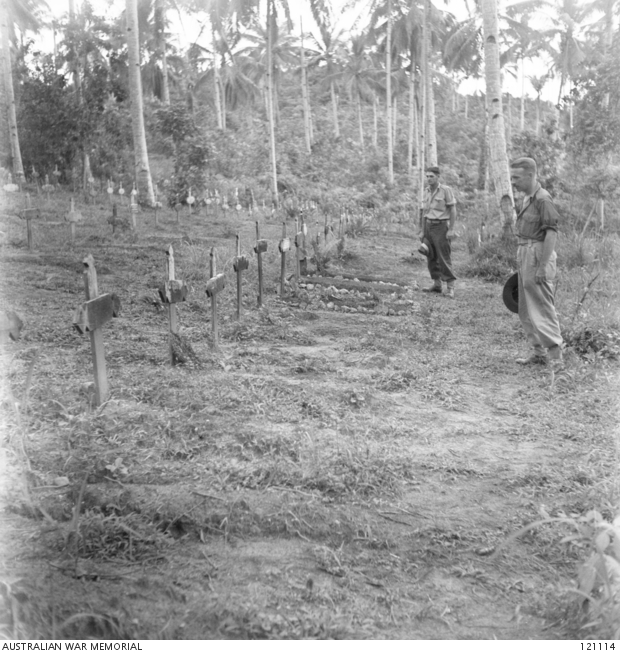
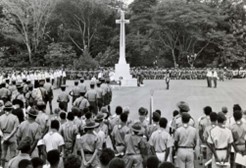
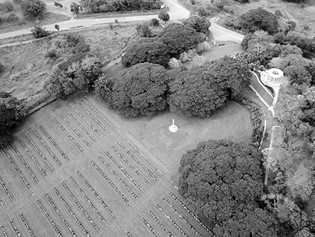
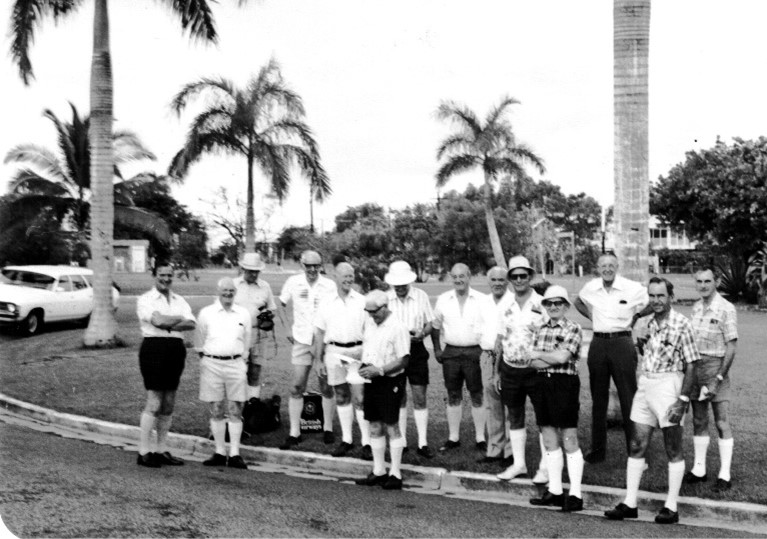
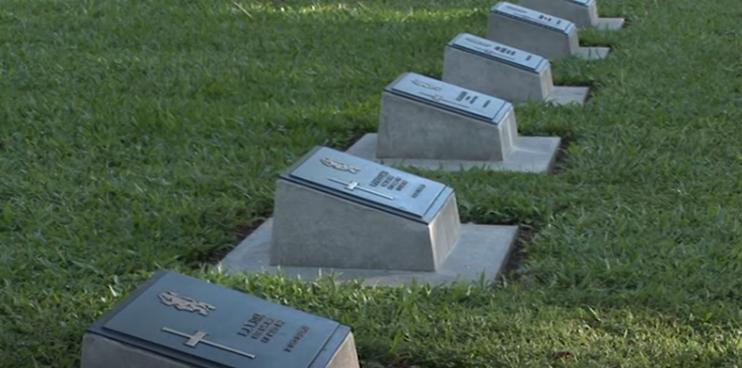
In November 2025 Paul Budde visited Galala Cemetery and walked straight into the grave of Keesje
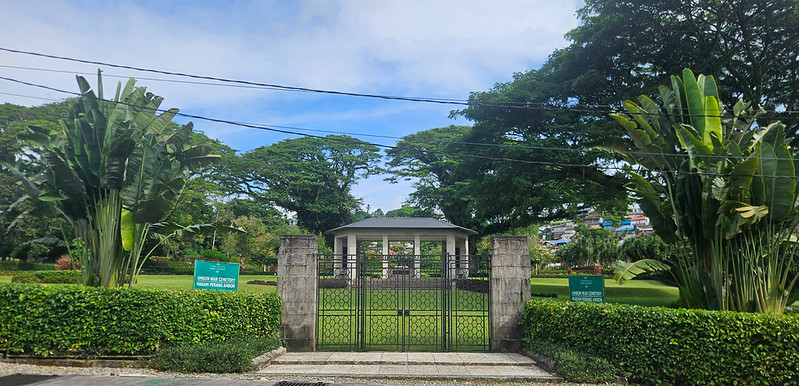
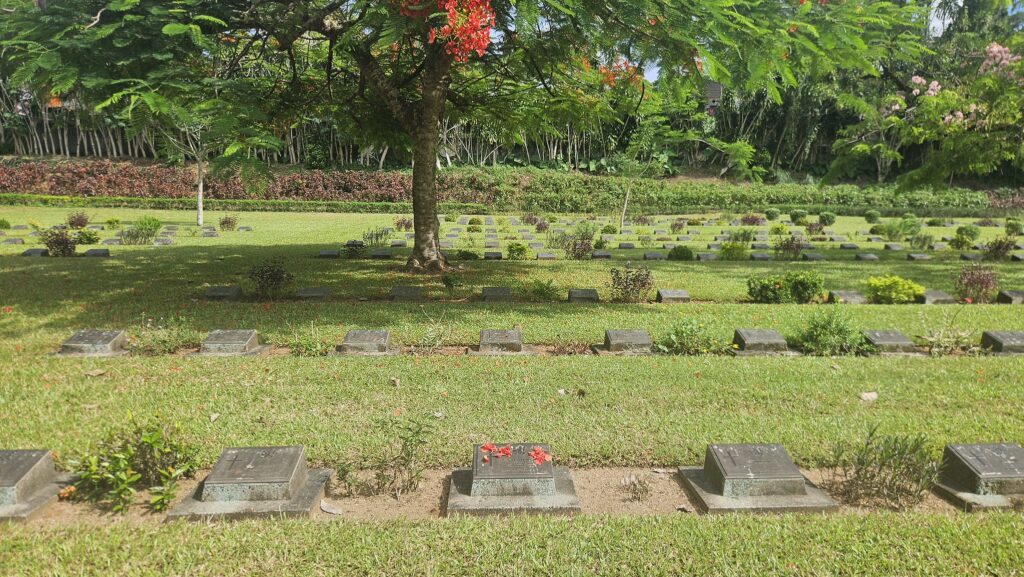
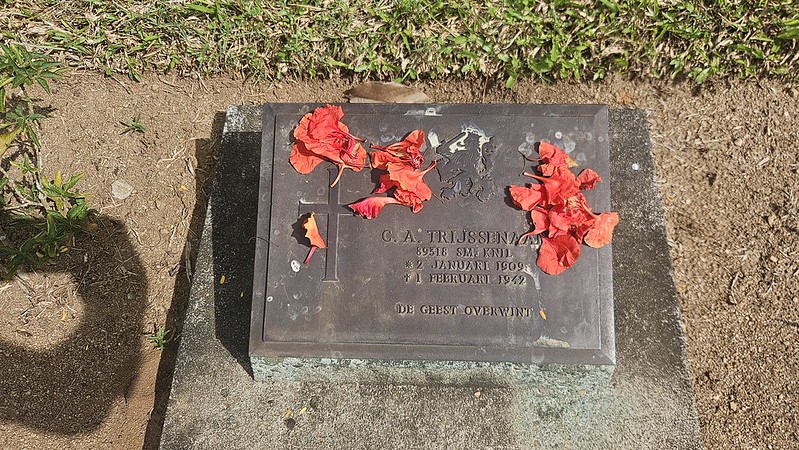
Nicky Trijssenaar, February 2023
Fall of Ambon
Additional information from Paul Budde
After the bombing of Pearl Harbour on 7 December 1941, the Japanese started to invade Borneo, Celebes en Ambon.
At the start of the Japanese advance, Ambon, was defended by a detachment of KNIL troops as well as with Dutch Navy ships. In December 1941 the Australian battalion group ‘Gull Force’ was sent to Ambon to join them.
From a military point of view they occupied an important position within the Moluccas, because of the presence of Laha Airfield. This airport was located about 12 km southwest of the capital Ambon City. Because of the Japanese threat, evacuations at the airfield were conducted between 30 December 1941 and 15 January 1942.
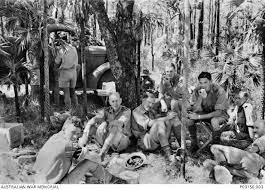
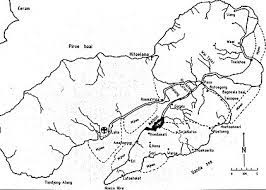
In the early morning of January 31, 1942, approximately 5,750 Japanese landed on Ambon. The territorial commander of the KNIL capitulated that same evening, the Australian main force followed on 3 February. In the days following the capitulation, approximately 200 Australians and 60 KNIL soldiers were killed by mass executions. About 140 Dutch and Australian soldiers managed to escape to Australia via Ceram in the following weeks. Those captured ended up in a POW camp the Japanese established at Galala.
It is therefore well possible that if Kees was on Ambon, he became a casualty in the battles that took place around the Japanese invasion and perhaps died on the day of that invasion.
As there are indications that Kees, at a certain time was in Australia, it is not inconceivable that he had became part of the Dutch-Australian Defense Force at Ambon, however, that is pure guessing at this stage.
In all the Commonwealth War Cemetery in Galala, Ambon contains 185 Dutch graves. Originally there was also a separate Dutch cemetery Ambon. However, this field of honour was dissolved in 1967. There are also 365 Australians buried at the current cemetery in Galala, the land for it gracefully donated by the Chinese business man Tan Toey. A new cemetery is being constructed nearby where the men will be reinterred.
Any information in relation to this history would be welcomed by the Trijssenaar Family.
The following articles provides more information on the Fall of Ambon

